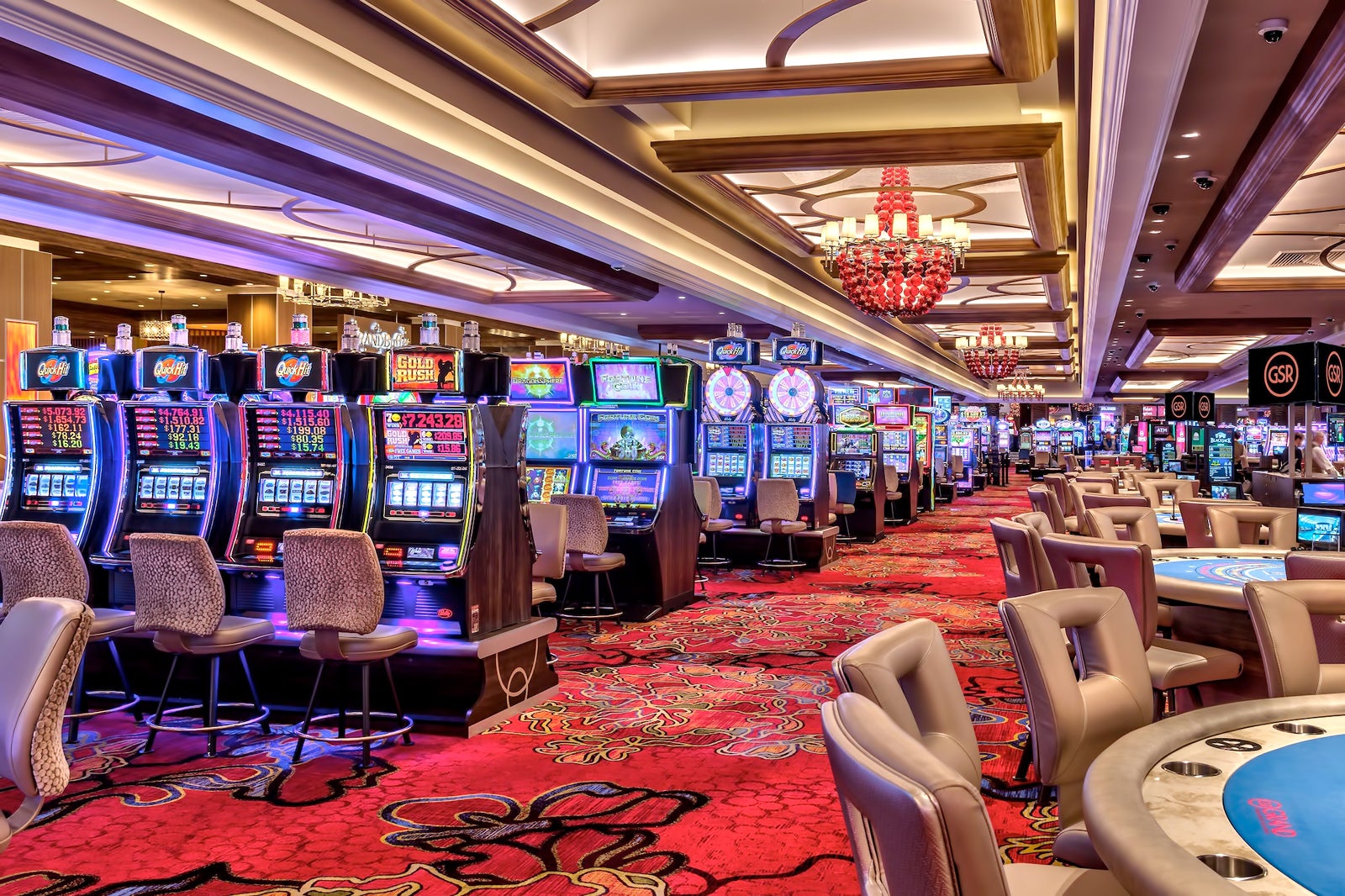
Behind these shimmering illuminations and those enticing sounds of spinning reels lies a vibrant world where innovation meets mathematics: the creation of games of chance. While players flock to gaming establishments seeking thrills plus the possibility of winning big, a huge amount of work takes place behind the scenes to create the games for their enjoyment. From the initial concept to the ultimate product that players interact with, many elements come together to ensure a captivating gaming experience.
Creators, technicians, and game developers collaborate to combine cutting-edge technology with engaging gameplay mechanics. Every aspect, from visuals and audio elements to probabilities and returns, is carefully designed to attract players and keep them entertained. Understanding the intricate process of how casino games are made reveals both the technical skills required but also the artistic vision that transforms these immersive experiences to life.
Game Design Workflow
The design process begins with idea generation and concept development, where creators generate ideas for new casino games. This first phase often includes identifying target audiences and analyzing market trends. Designers consider elements such as game mechanics, themes, and payout structures to develop an engaging experience. Collaboration between game designers, mathematicians, and artists is essential to ensure a well-rounded concept.
Once a concept is selected, the next stage entails prototyping and testing. Designers create a functional version of the game to evaluate its playability and mechanics. This allows for adjustments and refinements based on feedback from testers. Reiteration is key, as designers may navigate multiple rounds of evaluations to optimize gameplay balance and user experience. This phase is crucial for spotting any potential issues before the game goes into production.
After testing, the game moves into the development phase and production. This comprises the technical aspects of coding the game software, integrating graphics, and ensuring compliance with gaming regulations. Quality assurance testing verifies that the game functions flawlessly across different platforms and devices. Once everything is polished, the game is prepared for launch, usually accompanied by marketing strategies to attract players and generate excitement around the latest casino game.
Tech and Advancement
The development of casino games has evolved significantly with developments in technology. Modern game design often features top-notch graphics, engaging sound effects, and interactive animations that provide a captivating experience for gamers. Game developers use complex software tools and coding languages to create these immersive gaming experiences. Additionally, the use of random number generators ensures fairness and unpredictability in outcomes, which is essential for maintaining player trust and compliance with gaming regulations.
In the past few years, the growth of online casinos has expanded the limits of game development even further. https://vicclubb.com/ Developers are now able to design games that cater to a global audience, incorporating features such as live dealer options and virtual reality environments. This shift has encouraged innovation, leading to novel game mechanics and formats that enhance player engagement. Gaming on mobile devices has also become a key focus, prompting developers to tailor games for smartphones and tablets, ensuring availability and convenience for players on the go.
Collaboration among designers, visual artists, and mathematicians is crucial in the creation process. Each team contributes their expertise to make sure games are not only aesthetically pleasing but also mathematically sound and enjoyable. The integration of player feedback during beta testing allows developers to enhance game features and functionalities, ultimately leading to a positive launch. As technology continues to advance, the potential for new game concepts and experiences is unbounded, promising an enticing future for casino games.
Assessing and Quality Control
Once a casino game has been created, it transitions to the essential phase of testing and quality control. This stage ensures that the game operates seamlessly and provides a balanced experience for gamblers. Teams conduct extensive tests, including functionality checks to confirm that all game features work as expected. Each element, from visuals to audio, is assessed to ensure high standards are met.
In addition to operational testing, the game entails stringent compliance checks to meet legal requirements. Multiple jurisdictions have specific regulations governing game fairness and player protection. Quality assurance teams will verify that the random number generators are functioning correctly and that the game’s payout percentages match with industry standards. This thorough examination helps build trust with users and authorities alike.
Finally, beta testing may be conducted with genuine players to collect opinions on user experience. This invaluable insight allows developers to make necessary adjustments before the public launch. Tackling any possible issues noted during this phase helps ensure that users will experience a smooth, engaging experience when the game goes live. The commitment to excellence reflects the sector’s dedication to delivering pleasant and reliable casino games.